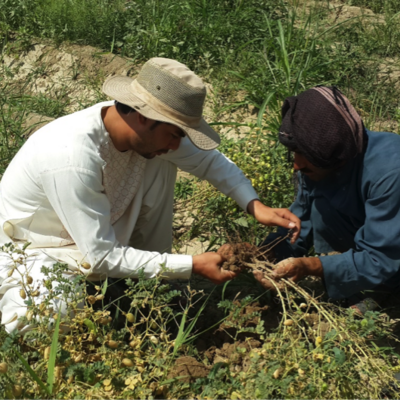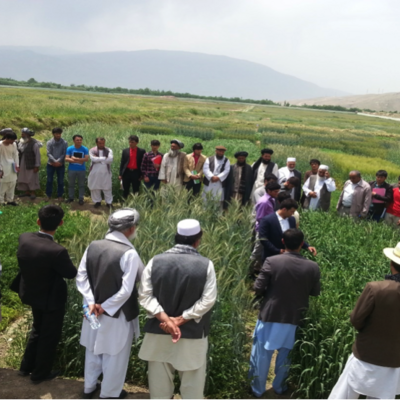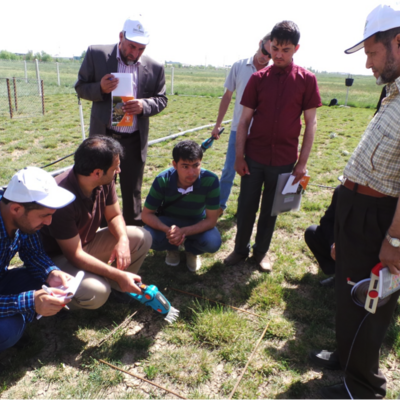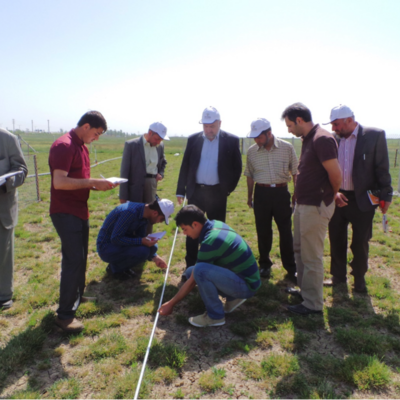Dual-purpose (DP) management of cereals holds promise to reduce the feed gap and to better integrate crop and livestock systems especially in drylands where forage deficit is severe. However, there is limited information on which cereal species and...












